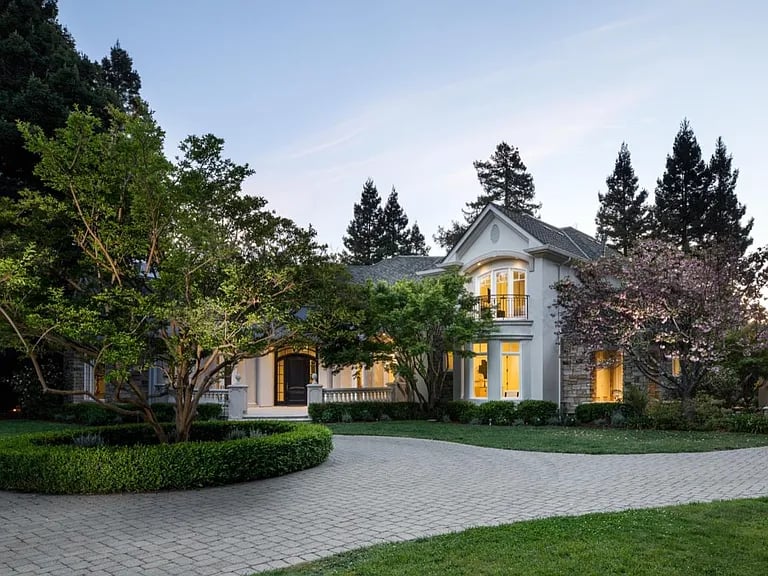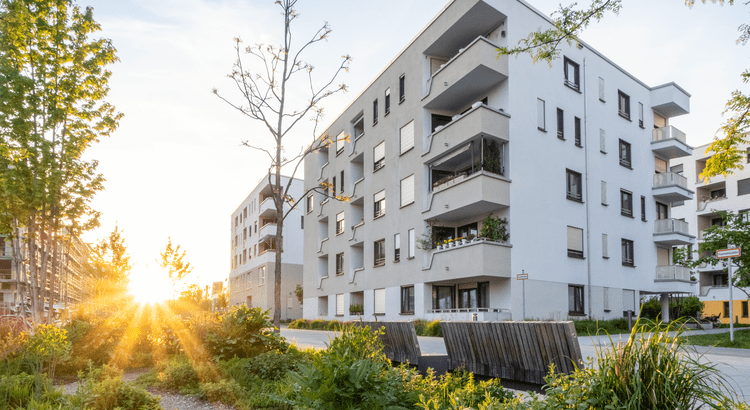The Storage in This Historic Kitchen Makeover Is Seriously Sneaky
House Beautiful August 22, 2025
Buyer

House Beautiful August 22, 2025
Buyer

In a grand-but-homey 1906 Victorian in Rye, New York, a kitchen renovation became a study in architectural restraint. That’s what Sarah Robertson of Studio Dearborn does best, always beginning with the question, “What’s right for this house?” before shaping a design. Looking to the rest of the home for cues, she layered in period-appropriate details like leaded glass, fir floors, and beadboard, while balancing function with quiet elegance. Newly added painted beams blend seamlessly into the original crown molding, while furniture-style cabinetry, including the dry bar and oak island, anchor the space with historic character.

Rather than using wallpaper, Robertson opted for beadboard, a popular and practical choice in the Victorian era. It’s a detail found in other parts of the home, so bringing it into the kitchen felt like a natural extension of the original architecture. “Even though the house is kind of grand, it’s also kind of not,” Robertson says. “Beadboard made the kitchen feel like the working space it was always meant to be.”
She also designed the island to resemble a freestanding work table, a nod to the utilitarian elegance of kitchens in historic New England homes. “I wanted it to feel like something that had always been there, something that could’ve been shoved into place,” she explains. The soapstone countertop was left unembellished, its simple edge chosen to enhance that timeless, unfussy effect. A mesh cabinet drawer front houses root vegetables just under the work table.
Concealment played a key role, too. Nearly every appliance, except for the showstopping Lacanche range, is tucked behind paneling. Even the under-counter freezer is cleverly camouflaged as a pair of drawers to the bottom left of the fridge. “We like to be sneaky that way,” Robertson jokes.
People walk in and say, ‘The beams were here, right?’ No—the room wasn’t here.
As for the lighting, when the vintage pendants she sourced from the 1950s arrived, they were polished to a glaring shine. “I was like, oh my god, I can’t believe this is what we got,” she recalls. She sent them off to a specialist for hand-patinating, then personally refinished thirteen too-bright flush mounts using her signature spray-mist aging technique. “The other designers on the project were laughing at me. I had the electrician take them all down so I could do it right.”
That same layered sensibility shows up in the hardware. No two handles are quite alike. “We had 15 to 20 different kinds of hardware on our schedule,” Robertson admits. “We just wanted it to feel organic, like it had evolved over time. If the kitchen had been there since 1906, people would’ve replaced things as they went.” The result is eclectic but cohesive, a tactile story told through every knob and pull.





The combination of double-hung and picture windows in this space allows natural light to fill the room throughout the day. Beneath them, a built-in bench anchors the dining nook, offering cozy seating for family meals, homework sessions, and weekend pancakes.
The custom table is scaled to feel substantial without overwhelming the room, while layered textiles soften the scene and help the area read as a true extension of the kitchen, not just an afterthought. The tall hutch nearby showcases vintage collectables, while the drawers house crayons and coloring books for the homeowners’ two boys.

On the other side of the dining nook, Robertson designed a bar that feels more like a freestanding piece of furniture than typical built-in cabinetry. She stopped the uppers just shy of the beam to let the millwork breathe, giving the setup a collected, intentional presence that complements the kitchen without mimicking it. “We wanted the bar to feel related,” she says, “but we didn’t want it to match.”
The oak base houses a beverage fridge on one side, a wine fridge on the other, and—disguised in the center—a cabinet-fronted panel-ready ice maker that looks like a stack of drawers. Above, green painted cabinets introduce a soft contrast and are topped with subtle curved trim, a nod to the home’s original architecture. “There are some walls that have curves to them,” Robertson notes. “So it felt relevant to the house to echo that detail here.”
Initially, the backsplash was supposed to be marble, but once the kitchen came together, Robertson changed course. “Every time I pictured the bar, I saw a wooden back,” she says. “So when the installers mentioned the marble would be tricky, I thought—maybe it was always meant to be beadboard.”
Located just steps from a door to the patio, the space is now a natural hub for entertaining. “It made sense to put the drinks here,” Robertson adds. “It keeps people out of the main kitchen.”

The butler's pantry, located just off the main kitchen, pulls double duty as both a functional “dirty kitchen” and a dedicated storage hub. Once the home’s original kitchen, this narrow space was nearly claimed for a mudroom—until Robertson redirected the layout, relocating the mudroom to the basement entry.
Clad in beadboard like the main kitchen, the pantry includes a wall of closed-door storage, deep cabinets, a shallow fourth for everyday items, and a sculptural limestone sink, custom-designed for the space. A lower cabinet has a signature pet care niche that includes the family dog’s food station.
Stay up to date on the latest real estate trends.

Buyer
August 22, 2025
California recorded a total of 261,820 closed escrow sales of existing single-family detached homes in July, down 1% from the 264,400 homes sold in June and was down 4… Read more

Buyer
August 22, 2025
In a grand-but-homey 1906 Victorian in Rye, New York, a kitchen renovation became a study in architectural restraint.

Seller
August 22, 2025
Stunning estate sits on just over 1 acre in prime West Atherton and blends classic elegance with modern luxury.

Buyer
August 21, 2025
Agrowing number of U.S. homeowners are losing their properties because they cannot keep up with mortgage payments—with some states seeing drastically higher default ra… Read more

Lifestyle
August 21, 2025
Which is better, a bath sheet or a bath towel?

Buyer
August 20, 2025
Not every homebuyer wants the biggest house on the block.
We Guide Homeowners through the complicated process of selling their home using our 4 Phase Selling Process and 3 Prong Marketing Strategy that alleviates their stress and moves them effortlessly to their next destination. Schedule a 15 Minute Complimentary Strategy Session Today